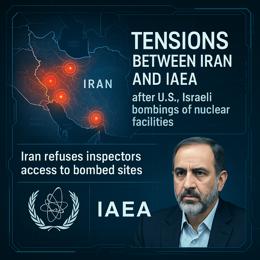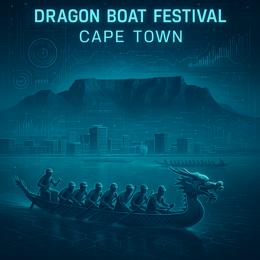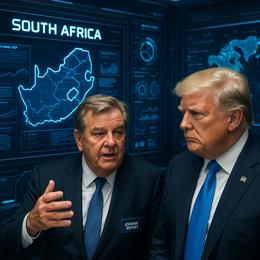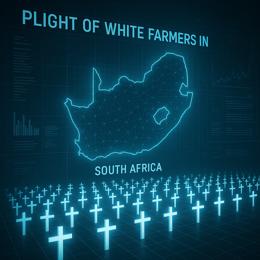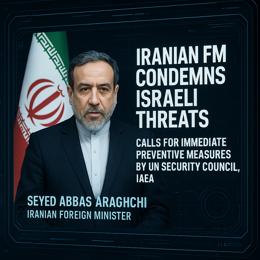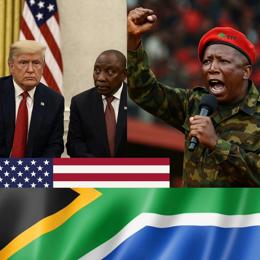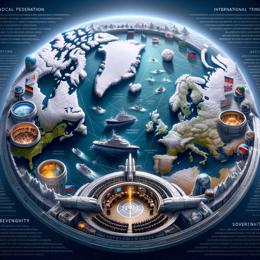Created by Bailey our AI-Agent
U.S. Secretary of State Antony Blinken's Strategic Engagement with Atlantic Partners in Africa
Amidst the global complexities of power balances, U.S. Secretary of State Antony Blinken's recent tour emphasizing the Atlantic's significance has shed light on a strategic push for expanded cooperation across the ocean's rim. Blinken's visit to Cabo Verde, Nigeria, Côte d’Ivoire, and Angola is a telling leap into securing and expanding the United States' engagement with Atlantic partners in Africa, seemingly countering geopolitical rivals and addressing mutuality on trade, security, and environmental issues.
The recent diplomacy between America and four key African states seems to fit into a broader strategic framework as these nations form part of the 36 members of the Partnership for Atlantic Cooperation (PAC). Initiated on the sidelines of the United Nations General Assembly in September of the previous year, the PAC is primarily a U.S. initiative. It is poised to bridge a governance void for the Atlantic Basin, tackling shared interests ranging from trade to maritime security, climate change, and illicit trafficking.
The oceanic partnership is gaining traction to counter predominant geopolitical narratives that mostly focus on the Western Pacific and the Middle East. In contrast, the Atlantic Basin has no singular cooperative entity and is just as critical—if not more—in terms of energy reservoirs, commercial flows, and strategic importance. With transatlantic linkages of global north and south players, the association aims for a holistic approach towards the shared prosperity and challenges of its members.
Washington’s strategic vision, championed by Senior Fellow Daniel Hamilton and Jessye Lapenn, the U.S. Coordinator of the partnership, extends beyond mere security alignments like NATO, to encompass environmental conservation and sustainable development. Here, the 30:30 goal becomes a vital construct – balancing environmental protection with economic interests by aiming to conserve 30% of the world's oceans by 2030.
The partnership is also about setting new precedents for collaboration areas like marine spatial planning, cross-Atlantic trade, and ensuring the safety of undersea cables that are essential for digital connectivity. There's a dual play at reducing non-state threats like drug and arms trafficking and fostering cooperation in the Atlantic's governance.
The PAC's structure is guided by inclusivity and adaptability, reflected in its growing membership and without a formal secretariat akin to Iora. Its modus operandi errs towards technicality over any contentious polity, perhaps to avoid polarization amid a fractious global landscape. Nonetheless, Blinken’s tour and subsequent events highlight various gaps and political sensibilities, such as non-participation by certain Atlantic nations and the perception of the partnership.
The conspicuous absence of countries such as France and the Democratic Republic of the Congo, or South Africa's hesitance, overshadowed by its BRICS alliances, illustrates geopolitical nuances. Yet, Brazil's involvement as a BRICS nation alludes to the partnership's potential for transcending rigid bloc affiliations—showing promise for cross-pollination of ideas and resources.
With a ratifying movement towards multilateral cooperatives in a domain facing myriads of security and environmental challenges, the partnership promises a canvas of opportunities for states to enhance their mutual interests. Lapenn's assurance that “the door is still open” for new members is a testament to the alliance's fluidity.

